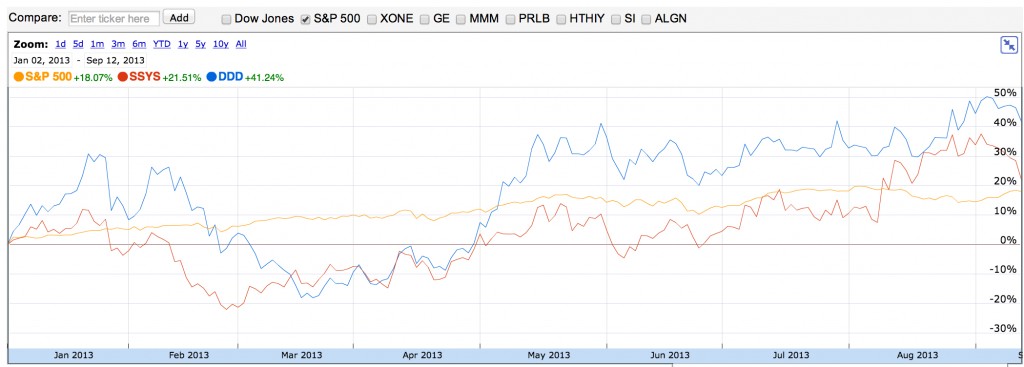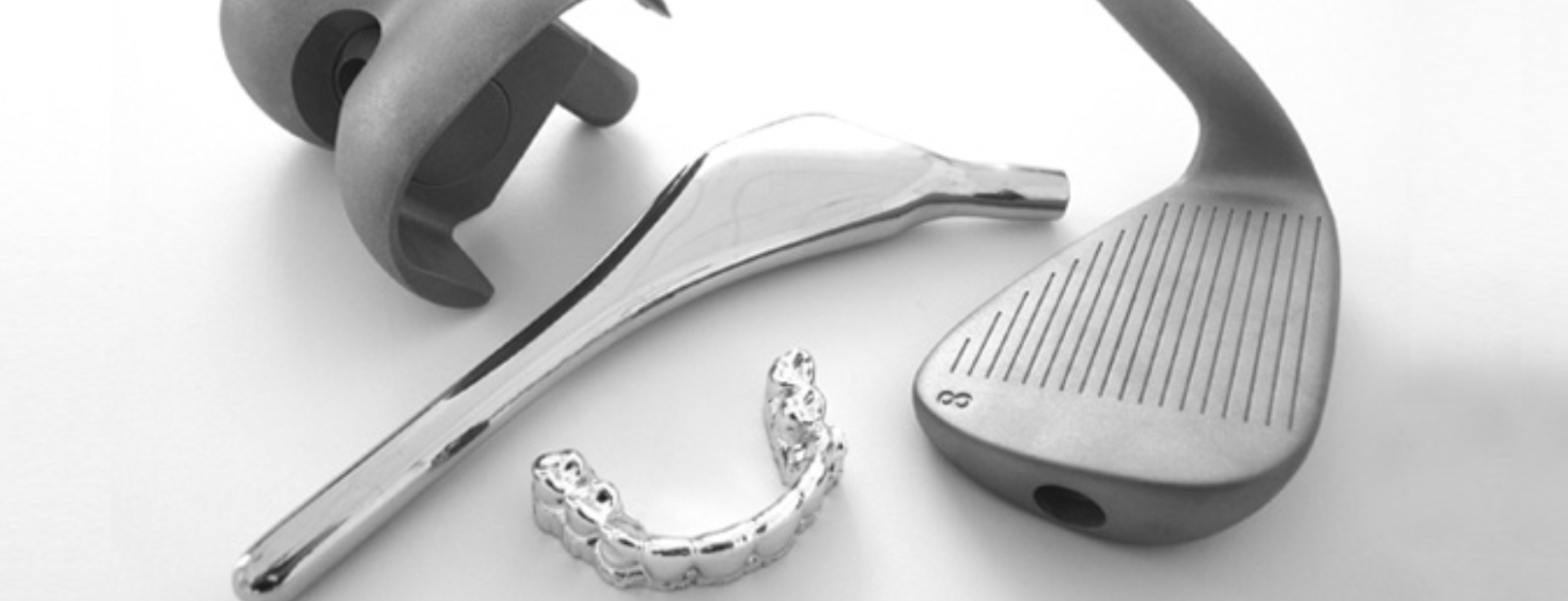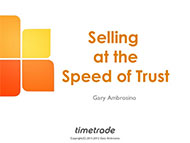Have you been following 3D printing ? Recently Makerbot, the consumer oriented 3D printing company was sold to Stratesys ((Nasdaq: SSYS), acquired Makerbot, a Brooklyn-based startup for $402 million. Stratesys was responding the the success of the Cube, another consumer oriented 3D printer marketing by 3D Systems (Nasdaq:DDD) and sold through Staples.
While consumer oriented 3D printers have captured the attention and imagination of the general public, the bigger opportunities have been in commercial 3D printers. They’ve been around for a while but only now are starting to reach their potential as a transformative ingredient in the renewal of U.S. manufacturing.
The most sophisticated 3D printers are manufactured and sold principally by three players – Stratesys ((Nasdaq: SSYS), 3D Systems (Nasdaq:DDD). The initial sales growth boost that has resulted in soaring valuations for these players has been driven by

market potential and also the emerging capability of 3D design software from companies like Dassault Systems (Nasdaq:ssys) and Autodesk (Nasdaq: ADSK) to support broader ranges of printers as well as optimization for designing soft goods.
One class of printing that’s the KEY leading edge indicator for the next wave of growth, is the use of a technique called Direct Laser Metal Sintering (DMLS). Unlike many 3D printing processes which are great for prototyping but don’t produce strong enough parts for true production applications, DMLS can produce production ready high strength parts.
Recently, NASA completed a test of a rocket engine using a 3D printed fuel injector that proved the viability of this technique. It also proved the potential for complete transformation of the manufacturing process by reducing the parts count from 150 pieces to 2 pieces for this fuel injector. Most importantly, the part was able to withstand 20,000 pounds per square inch of loading – – making this a true production part. It’s no wonder that SpaceX is using (but not talking much about) these techniques for rocket design:
The video is pretty boring don’t you think ? But that’s exactly the point. It didn’t blow up. It didn’t flame out. The motor didn’t fail and either did the 3D printed fuel injector.
This is exactly what the Laser printer market was like in 1982. I remember standing in a room at HP in Cupertino where I worked, and watching in amazement as our $80,000 laser printer printed at about 4 pages per minute. We sold about 1,000 of these – – we thought it was unbelievable volume !! Laser printers subsequently sold over a billion units worldwide as the price came down and performance went up.
Seeing that we’re at the Rocket Engine Pivot Point in the market, volumes and valuation in 3D printing, 3D design software, and 3D printing services should increase 10 fold over the next 5 years.


